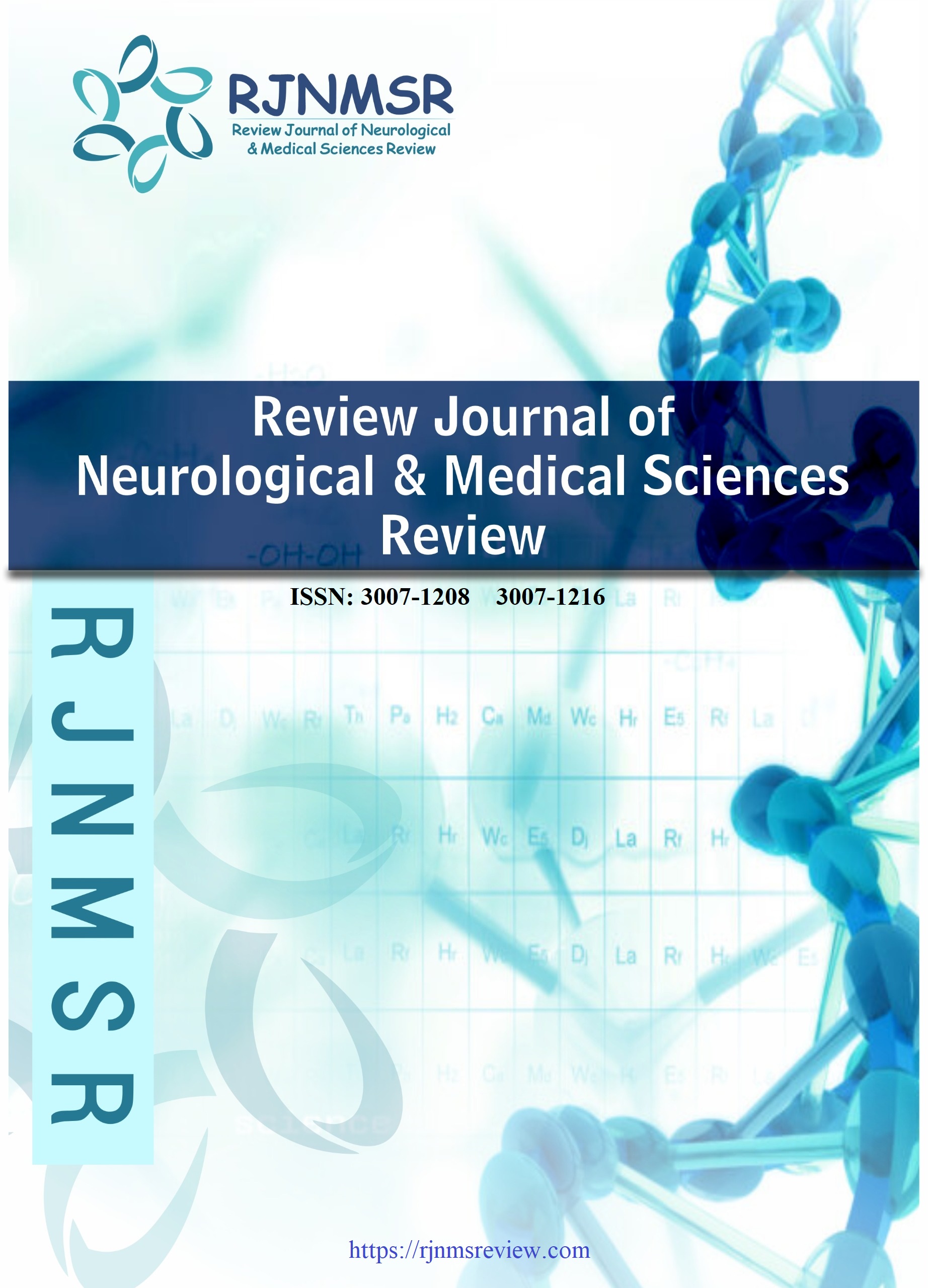SEDATION STRATEGIES AND CEREBRAL OXYGENATION IN PEDIATRIC ICU PATIENTS WITH ACUTE KIDNEY INJURY: A PROSPECTIVE COHORT STUDY
DOI:
https://doi.org/10.63075/rp6t6h84Keywords:
SEDATION STRATEGIES, CEREBRAL OXYGENATION IN PEDIATRIC ICU PATIENTS WITH ACUTE KIDNEY INJURY, A PROSPECTIVE COHORT STUDYAbstract
Background: In critically ill children, balanced sedation is necessary but can affect blood pressure and cerebral perfusion. We studied how different sedation strategies influence cerebral oxygenation in pediatric intensive care unit (PICU) patients with acute kidney injury (AKI). Methods: We conducted a prospective cohort study in a tertiary PICU. Children (aged 1 month–12 years) with AKI (KDIGO stage ≥2) requiring mechanical ventilation were enrolled. Patients were managed with one of two sedation strategies: a hemodynamic-optimizing protocol (infused ketamine and dexmedetomidine with minimal opioids and adjunct paracetamol) or standard sedation (infused midazolam plus fentanyl, as per physician discretion). Sedation was titrated to a target sedation score. Regional cerebral oxygen saturation (rScO₂) was monitored continuously by near-infrared spectroscopy (NIRS) at baseline (before sedation) and at 1, 6, and 12 hours after sedation initiation. Hemodynamic parameters, vasoactive-inotrope score (VIS), and sedation scores were recorded. Results: A total of 100 patients were included (protocol group: n=50; control group: n=50). The groups were similar in age (mean ~6.3 vs 6.0 years), sex, AKI severity, and baseline hemoglobin and arterial pressures (Table 1). Over 12 hours, the protocol group maintained higher mean rScO₂ than controls (e.g. at 6h: 72.0% vs 65.8%, p<0.01; at 12h: 71.2% vs 63.5%, p<0.01). The mean maximal drop in rScO₂ from baseline was 8.5% in the protocol group vs 17.2% in controls (p=0.002). Only 4% of the protocol group experienced a >20% drop in rScO₂, compared to 18% of controls (p=0.01). Hypotensive episodes (age-adjusted MAP <5th percentile) were less frequent in the protocol group (12%) than controls (28%, p=0.04). There were no significant differences in sedation depth or ventilation parameters. Conclusion: A sedation regimen emphasizing ketamine/dexmedetomidine preserved cerebral oxygenation better than standard midazolam-fentanyl sedation in PICU patients with AKI. The hemodynamic profile of sedatives influences brain perfusion; protocols favoring stable blood pressure may protect cerebral oxygenation. These findings support using tailored sedation strategies in critically ill children with AKI to minimize cerebral desaturation.Downloads
Published
2025-08-12
Issue
Section
Articles
How to Cite
SEDATION STRATEGIES AND CEREBRAL OXYGENATION IN PEDIATRIC ICU PATIENTS WITH ACUTE KIDNEY INJURY: A PROSPECTIVE COHORT STUDY. (2025). Review Journal of Neurological & Medical Sciences Review, 3(4), 224-230. https://doi.org/10.63075/rp6t6h84

